When it comes to healthy eating, leafy greens are often the quiet overachievers on your plate. They don’t shout like superfoods with exotic names or flashy price tags, but nutritionists agree: these humble greens might just be the most potent foods you’re not paying enough attention to. Packed with fiber, antioxidants, and essential vitamins and minerals, leafy greens do more than just fill out your salad—they support immunity, fight inflammation, and even promote heart, brain, and bone health.
But not all greens are created equal. While iceberg lettuce may bring the crunch, it falls flat in the nutrition department. On the flip side, certain varieties of leafy greens are practically bursting with goodness. Think of them as the heavyweights of the plant world—dense in nutrients, light in calories, and versatile enough to blend into everything from smoothies to stir-fries. Some have peppery bites, others mild, buttery leaves. And the darker the hue? The more antioxidants you’re likely getting.
We turned to nutrition experts to identify which leafy greens deserve prime real estate on your plate. Their picks go far beyond your typical lettuce mix, highlighting powerhouse greens that truly deliver when it comes to vitamins A, C, and K, iron, calcium, and disease-fighting phytonutrients. Whether you’re aiming to eat cleaner, manage weight, or simply give your body a healthful edge, these greens are a simple, delicious place to start.
So, before you toss together your next salad or sauté a side dish, take a closer look at what leafy greens you’re choosing. These 10 standout varieties don’t just make your meals look vibrant—they work overtime to make you feel your best, one bite at a time.
1. Kale
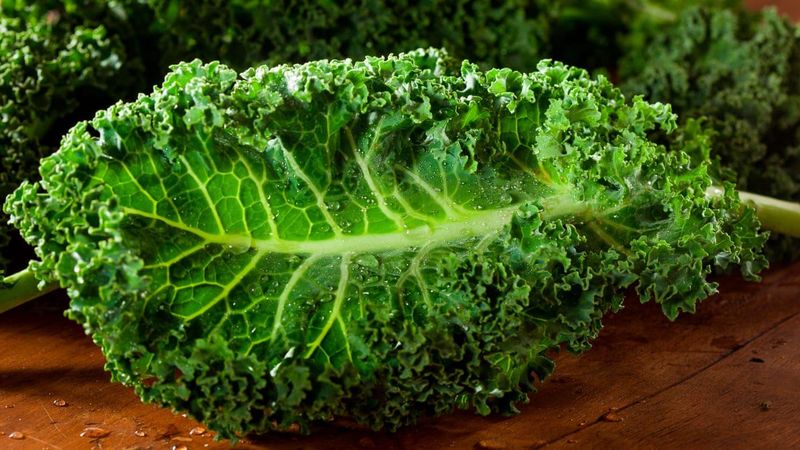
Once relegated to plate garnishes, kale has rightfully earned its superfood status. This curly, robust green contains more vitamin C than an orange and more calcium than milk, ounce for ounce.
The dark leaves are loaded with cancer-fighting compounds and vision-protecting carotenoids. Many people enjoy kale chips as a healthy alternative to potato chips, while others blend it into smoothies or massage it with olive oil for tender salads.
For maximum nutrition, choose deeply colored bunches with firm stems and store them unwashed in the refrigerator to maintain freshness.
2. Spinach

Mild-flavored spinach hides an impressive nutritional profile behind its unassuming appearance. Just one cup provides over half your daily vitamin A needs and nearly your entire daily requirement of vitamin K.
Iron-rich and versatile, spinach can be enjoyed raw in salads or cooked in countless dishes where it wilts down dramatically. Baby spinach offers a sweeter flavor profile perfect for those new to leafy greens.
Ancient Persians called spinach the “prince of vegetables,” recognizing its exceptional health benefits long before modern nutritional science confirmed its powerhouse status.
3. Arugula
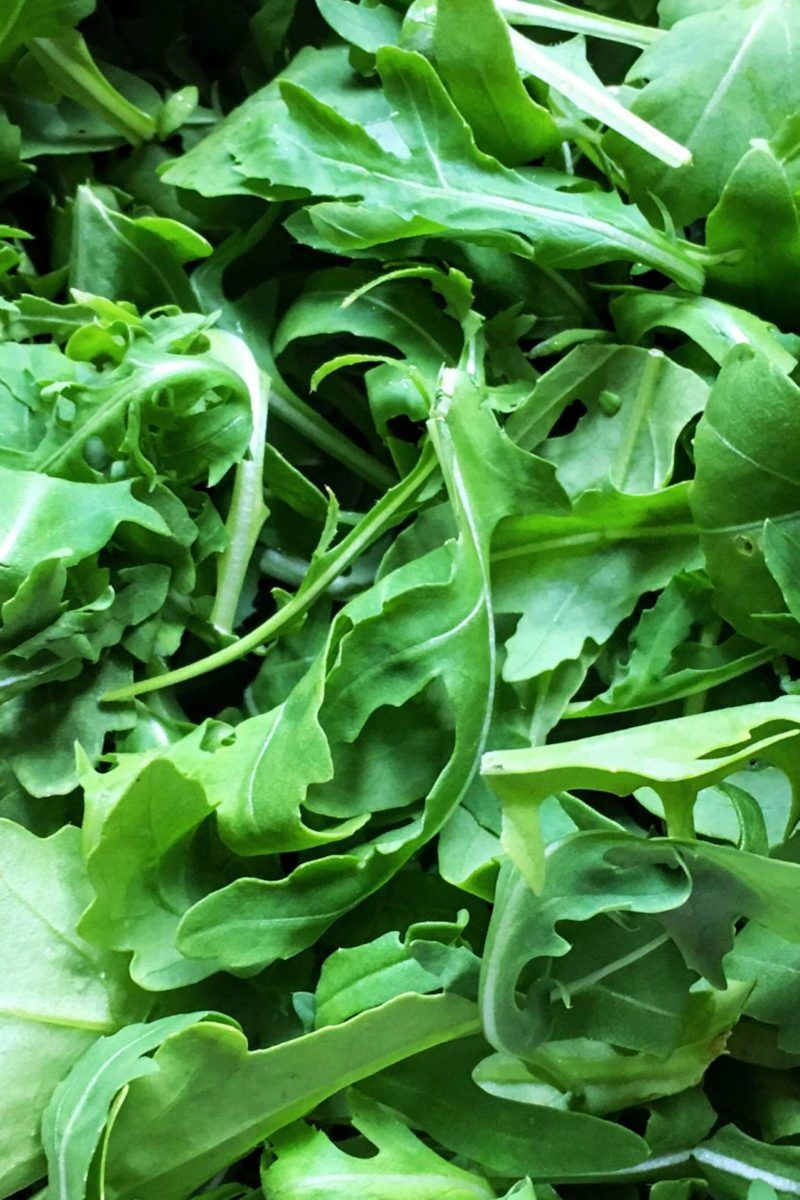
Arugula’s distinctive peppery bite comes with a serious nutritional punch. Ancient Romans valued this Mediterranean native for its stimulating effects and used it in love potions!
Beyond its romantic history, arugula delivers impressive amounts of calcium, potassium, and folate. Its natural nitrates improve blood flow and may enhance athletic performance, making it a favorite among fitness enthusiasts.
Try arugula tossed with lemon juice and olive oil, paired with sweet fruits like pears, or wilted slightly on top of a hot pizza right after baking for a peppery contrast to rich foods.
4. Watercress

Small but mighty, watercress topped the list in a CDC study ranking nutrient density of fruits and vegetables. This aquatic plant contains significant amounts of over 15 essential vitamins and minerals while being extremely low in calories.
Hippocrates, the father of medicine, located his first hospital near a stream to ensure fresh watercress for treating patients. The crisp stems and delicate leaves offer a refreshing, slightly spicy flavor that brightens sandwiches and soups.
Look for bright green bunches with no yellowing and store with stems in water like flowers to maintain freshness.
5. Romaine
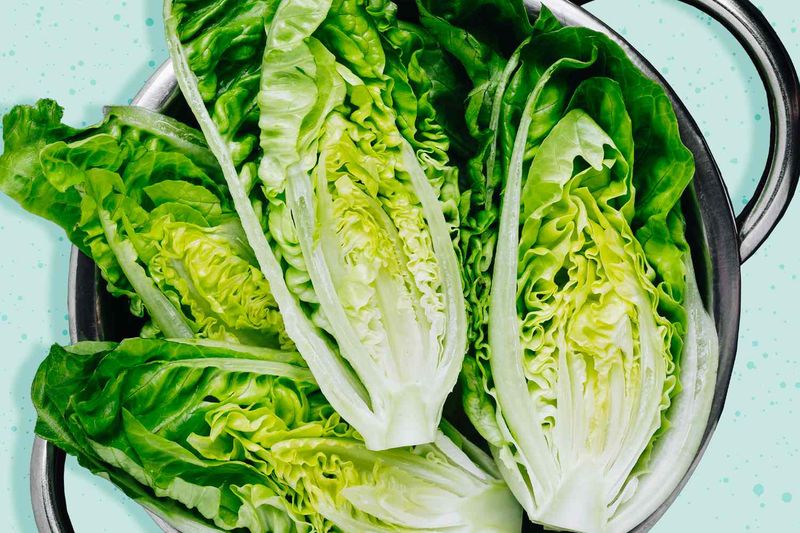
Don’t let its common presence fool you—romaine delivers serious nutrition in those crisp, elongated leaves. With ten times more beta-carotene than iceberg lettuce, romaine supports healthy vision and immune function.
The sturdy leaves contain a satisfying combination of water and fiber that helps you feel full longer. Ancient Egyptians believed romaine had powerful healing properties and offered it to their gods first before consuming it themselves.
Beyond Caesar salads, try grilling romaine hearts brushed with olive oil for a smoky flavor that transforms this everyday green into something extraordinary.
6. Butterhead Lettuce
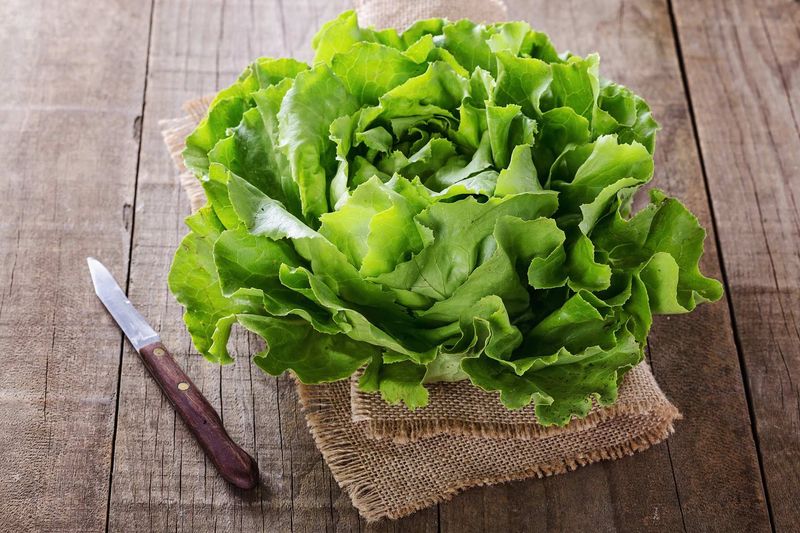
With velvety, soft leaves forming a loose head, butterhead varieties like Bibb and Boston lettuce offer a gentle sweetness rare in the greens world. Their buttery texture makes them perfect for lettuce wraps and delicate salads where hardier greens might overwhelm.
Despite their gentle appearance, butterhead lettuces pack impressive amounts of vitamins A and K. The outer leaves contain more nutrients than the pale heart, so use the entire head for maximum benefits.
Store butterhead lettuce with a damp paper towel in a loosely closed bag to maintain its delicate texture and sweet flavor.
7. Red Leaf Lettuce
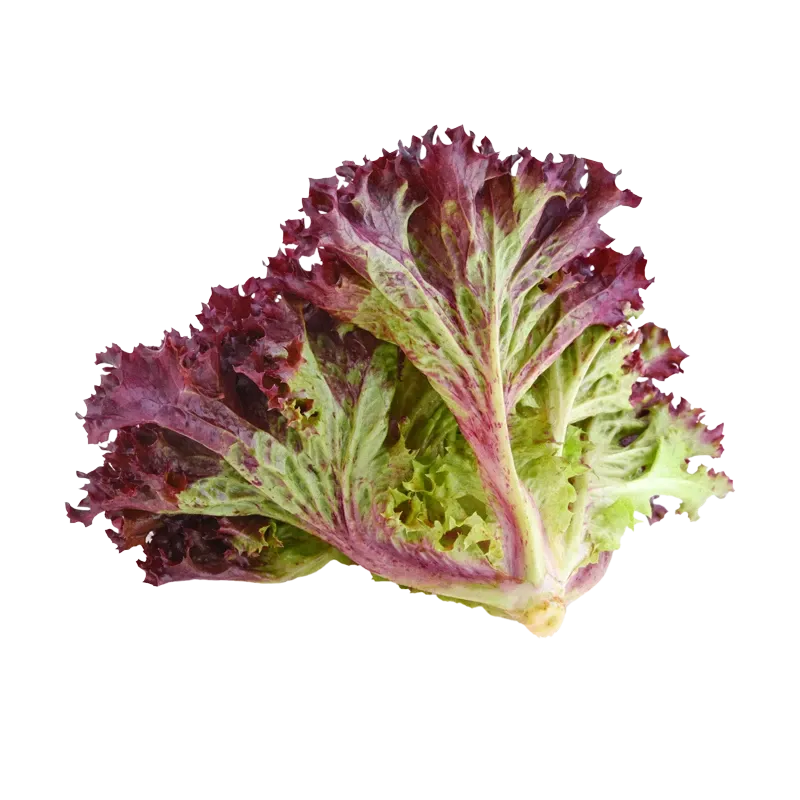
The burgundy-tinged edges of red leaf lettuce aren’t just pretty—they signal the presence of anthocyanins, powerful antioxidants that fight inflammation and protect your cells. These ruffled leaves deliver more vitamin K, A, and folate than their paler counterparts.
Harvested when young and tender, red leaf lettuce offers a mild, slightly sweet flavor with no bitterness. The colorful leaves add visual appeal to salads and sandwiches while providing enhanced nutrition.
For the freshest experience, look for leaves that stand up when held horizontally—limp leaves indicate age and nutrient loss.
8. Endive and Escarole
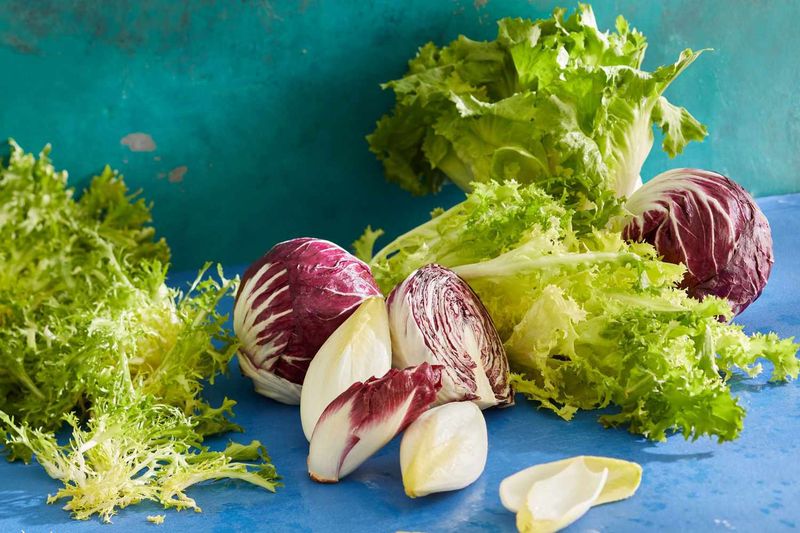
The slight bitterness in endive and escarole signals their impressive medicinal properties. These chicory family members stimulate digestion and liver function while providing substantial amounts of vitamins A and K.
Belgian endive, grown in darkness to maintain its pale color and mild flavor, contains compounds that support healthy sleep patterns. Broader-leafed escarole offers more intense flavor and nutrition, with outer leaves perfect for cooking and inner leaves for fresh applications.
Try balancing their natural bitterness with sweet elements like apples or honey in salads, or braise them to transform the flavor into delightful mellowness.
9. Radicchio
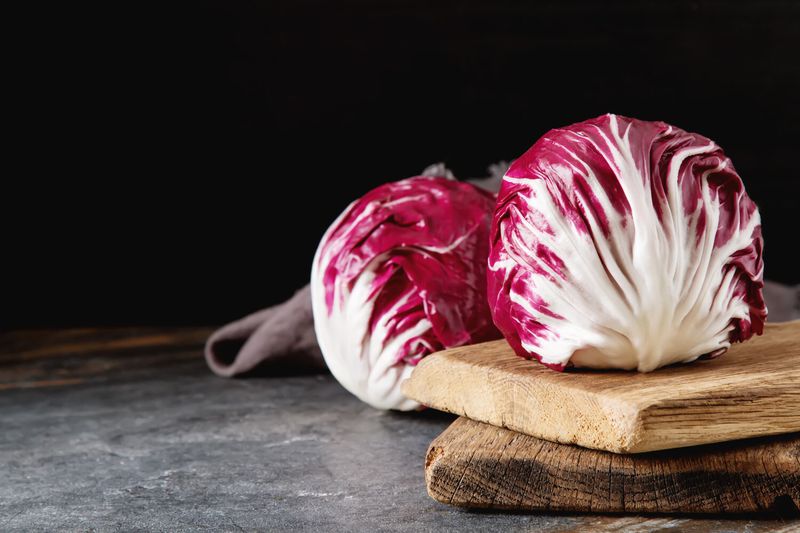
Radicchio’s stunning purple-red leaves bring both beauty and bitter complexity to the table. This Italian chicory variety contains unique compounds that reduce inflammation and support heart health.
The distinctive color comes from anthocyanins—the same antioxidants found in blueberries and red wine. Grilling or roasting radicchio transforms its bitterness into caramelized sweetness, making it accessible even to those who shy away from bitter flavors.
Traditional Italian wisdom suggests radicchio aids digestion after heavy meals, which explains its common appearance as a palate-cleansing element in multi-course Italian dinners.
10. Dandelion Greens
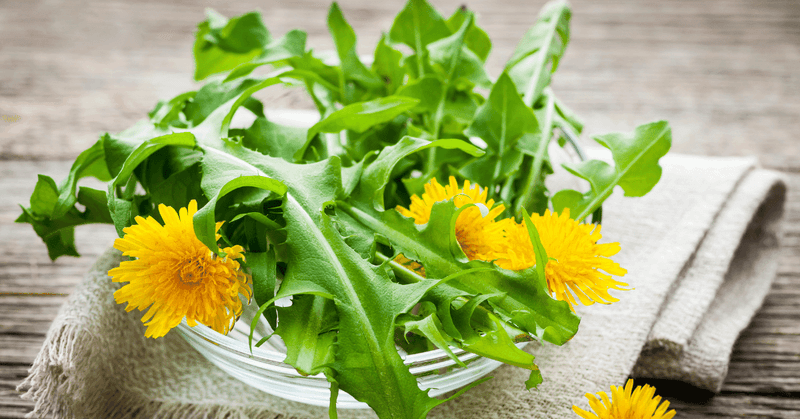
Those pesky lawn invaders are actually nutritional goldmines! Dandelion greens contain more calcium than milk and more iron than spinach, making them one of the most nutrient-dense foods on the planet.
Traditionally used as spring tonics to cleanse the body after winter, these bitter greens stimulate liver function and aid digestion. Young leaves harvested before the plant flowers offer milder flavor perfect for salads, while mature leaves become cooking greens.
If harvesting your own, choose plants from pesticide-free areas and pick young leaves for the best flavor and texture experience.
Leave a comment